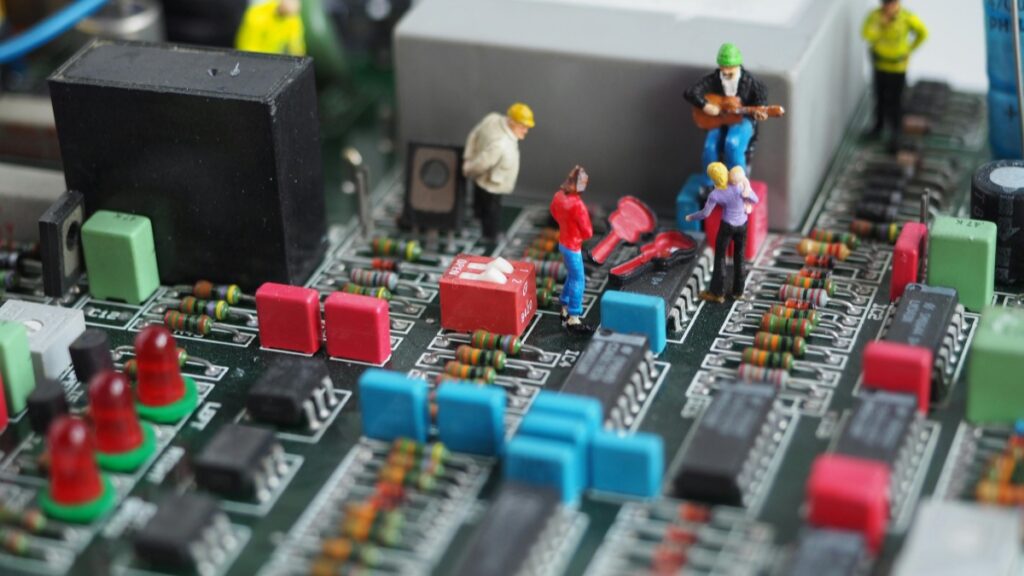When designing multi-layer PCBs, the stackup isn’t just about layers—it’s about signal integrity, EMC, heat dissipation, and even cost control. Here’s a practical, real-world guide to PCB stackup rules that actually matter in your daily work.
1. What Are PCB Stackup Rules?
In simple terms, stackup rules define how each layer in a multi-layer PCB is arranged and what role it plays.
Common Layer Types:
- Signal Layer 🚦: Carries data or control signals.
- Power Plane 💰: Distributes power across the board.
- Ground Plane 🌍: Provides a reference and helps suppress noise.
Example:
A classic 4-layer board stackup:
mathematica复制编辑Signal Layer ➜ Ground Plane ➜ Power Plane ➜ Signal Layer
This configuration improves signal integrity and EMC performance.
2. Why Stackup Rules Are a Big Deal
Done right, a smart stackup brings major benefits:
- Signal Integrity 📶: Reduces noise and reflections.
- EMC (Electromagnetic Compatibility) ⚡: Minimizes EMI (Electromagnetic Interference).
- Thermal Management 🔧: Better heat dissipation across the board.
- Manufacturing Reliability 🏗️: Fewer errors and lower production costs.
3. Stackup Applications in the Real World
🧸 2-Layer Boards:
- Used in low-cost, low-density designs (e.g. toys, simple gadgets).
- Typical stackup: Signal layer + shared Power/Ground layer (mixed layer).
📱 4-Layer Boards:
- Common in consumer electronics like smartphones and tablets.
- Stackup example:
Signal - Ground - Power - Signal - Benefit: Short return paths for high-speed signals.
💻 6-Layer and Beyond:
- Used in high-performance, high-density designs like servers or telecom equipment.
- Stackup: Inner layers focus on power planes, outer layers route high-speed signals.
4. Key Things to Watch During Stackup Design
- Short Return Paths ⏪
Match signal traces and return ground paths closely to reduce loop area and noise. - Impedance Control 📏
Ensure impedance specs are met, especially for high-speed signals. - Thermal Expansion Matching 🌡️
Use materials with matching thermal expansion rates to prevent delamination. - Board Thickness ⚖️
Stackup affects overall thickness. Too thick? Might trigger EMI issues.
5. Common Mistakes & How to Fix Them
❌ Mistake 1: Signal layer crosses over split power/ground planes
✅ Fix: Make sure traces always have a continuous reference plane underneath.
❌ Mistake 2: Inner layer layout is too complex
✅ Fix: Simplify power plane layout and use copper pour or grid for segmentation.
❌ Mistake 3: Reducing board thickness blindly
✅ Fix: Choose board thickness based on application needs and mechanical strength.
6. Classic Stackup Examples
📘 Case Study 1: 4-layer High-Speed Signal Board
Stackup: Signal – Ground – Power – Signal
Key Tip: Keep high-speed traces (e.g. clocks, differential pairs) near ground for a clean return path.
📘 Case Study 2: 6-layer High-Power Board
Stackup: Signal – Ground – Power – Power – Ground – Signal
Key Tip: Dedicated thick copper power layers to handle high current demand.
Want better EMC, easier layout, and lower costs? Stackup planning is where it starts. Don’t leave it to the fab house—own it from the design stage.

